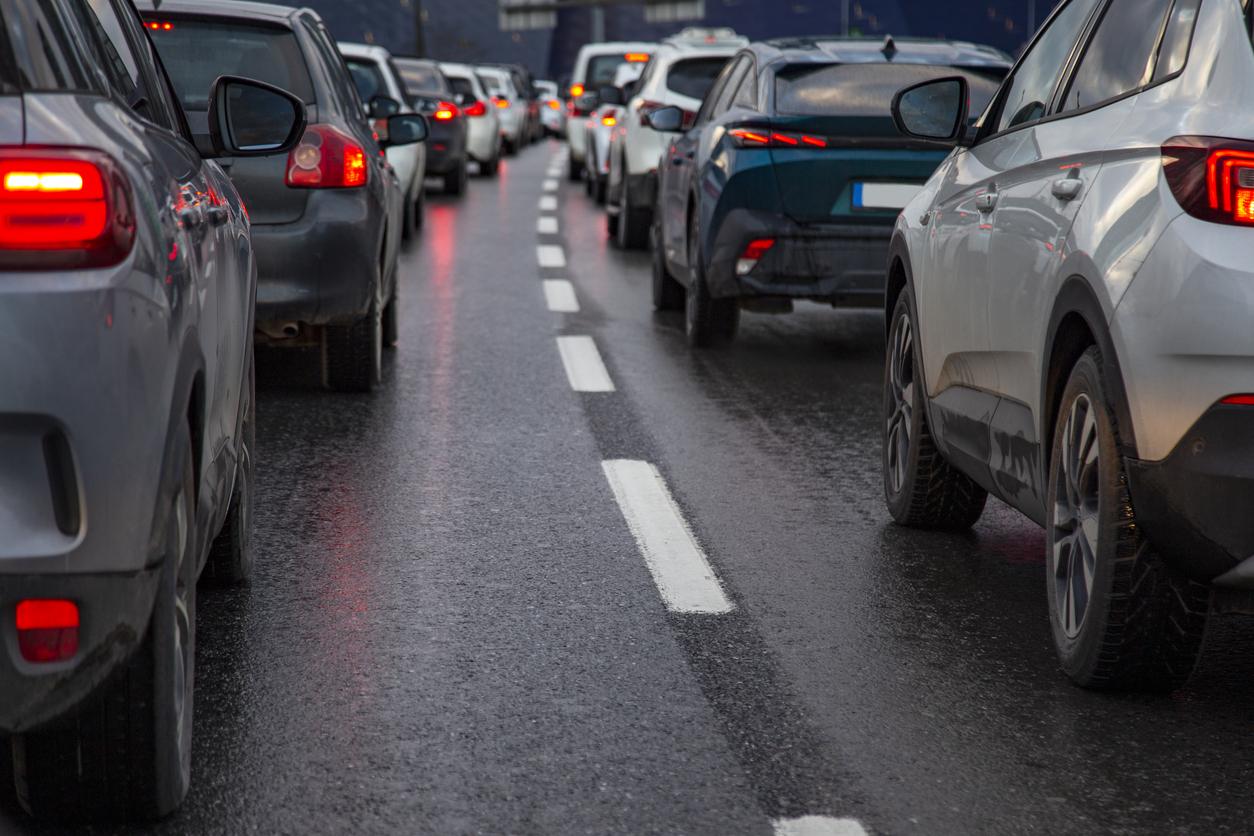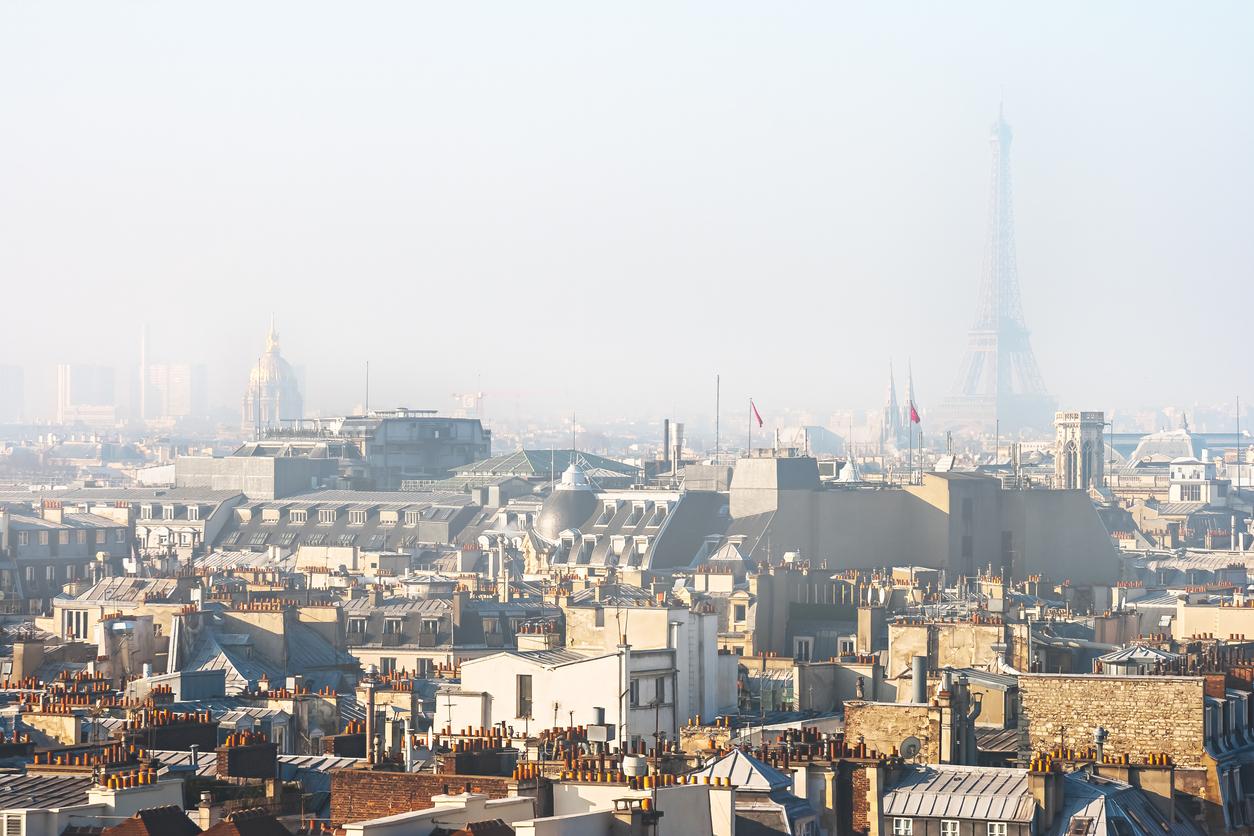According to a large study carried out in 8 European countries, residents of neighborhoods most affected by unemployment are more exposed to NO2 pollution.

All studies prove it, socially disadvantaged populations suffer more from respiratory and vascular health problems than others. And these ailments can be caused, or exacerbated, by exposure to air pollution. Hence the question that researchers are asking: is there a link between socioeconomic level (NSE) and exposure to polluted air?
To try to see more clearly, a large study published in Environment International was driven on 5,692 city dwellers in 16 major cities in Western Europe. “For each participant, we used the same criteria to assess their NSE: two individual criteria – level of education and socio-professional category – and the unemployment rate of their district of residence”, explains in a press release Sofia Temam, doctoral student at Inserm.
France is no exception
The first author of the study specifies that for each of the participants, “the annual exposure to nitrogen dioxide (NO2) – a pollutant emitted mainly by road traffic – was estimated according to the address of their home in the framework of the European project ESCAPE “.
And the results are clear: in 11 of the 16 cities studied, the researchers observed that residents of neighborhoods most affected by unemployment were the most exposed to NO2. For example, in the four French metropolises studied, residents of neighborhoods with an unemployment rate greater than 9.5% (median value) were exposed annually to 35 µg / m3 of NO2, compared to only 27 µg / m3 in neighborhoods where unemployment was below 9.5%.
General health to explore
Clear results therefore, except when only the individual NSE criteria – level of education and socio-professional category – the data do not show a significant association between individual socioeconomic level and exposure to NO2, in almost all of the cases. cities (14/16). The only exceptions are Verona and Lyon, where – surprisingly – city dwellers with a low level of education were the least exposed.
For these scientists, the exposure to NO2 of city-dwellers in Western Europe thus seems to be linked more to the urban characteristics specific to their city and its neighborhoods than to their NSE. “But other large-scale international studies will be necessary to conclude,” says Sofia Temam.
She adds that “if we ever come to the conclusion that European city dwellers with a low NSE are not more exposed to air pollution, another avenue is already being explored to explain the higher frequency of cardiovascular and respiratory problems observed in this region. population ”. These people could, according to her, be more sensitive to the effects of atmospheric pollution due to a poorer general state of health (smoking, diet, reduced access to healthcare, etc.).
.

















